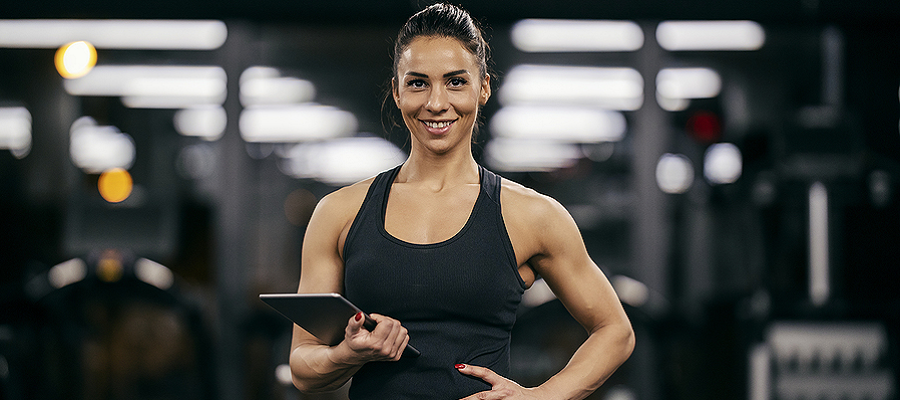
Broadly speaking, biomechanics refers to the mechanics of biological and especially musculoskeletal activity, as in movement or exercise. The science of biomechanics can be applied to a wide variety of sport and exercise activities in order to identify optimal movement patterns to improve performance and reduce injuries.
Three main principles of biomechanics are motion, force and momentum. Motion refers to how a body moves through space. Force is the pull or push that enables a body to change direction, slow down or stop. Momentum is a measure of a body in motion.
Understanding how physics and the laws of mechanics apply to movements can help to avoid injury and get the most out of workouts. At your gym, consider booking a session with a certified personal trainer who can analyze your movements and help you learn proper techniques for your particular routine. Learning and practicing correct methods for jumping, landing, throwing or swinging a club or racquet can be invaluable.
The science of biomechanics is also employed to improve fitness equipment. Consider the wide variety of sports shoes on the market. Each has been manufactured to optimize performance for a particular use. Tennis shoes offer side support because of the nature of the game. Long distance running shoes focus on impact cushioning. The same applications of biomechanical principles come into play in the design of racquet grips and court surfaces.
But biomechanics doesn’t just revolve around sports. By expanding your knowledge of biomechanics, you can affect the quality of your everyday life while doing normal activities. Understanding the proper way to sit, walk and lift can improve your posture and help you stay injury free.
photo credit: bigstockphoto.com/Dusan Petkovic

